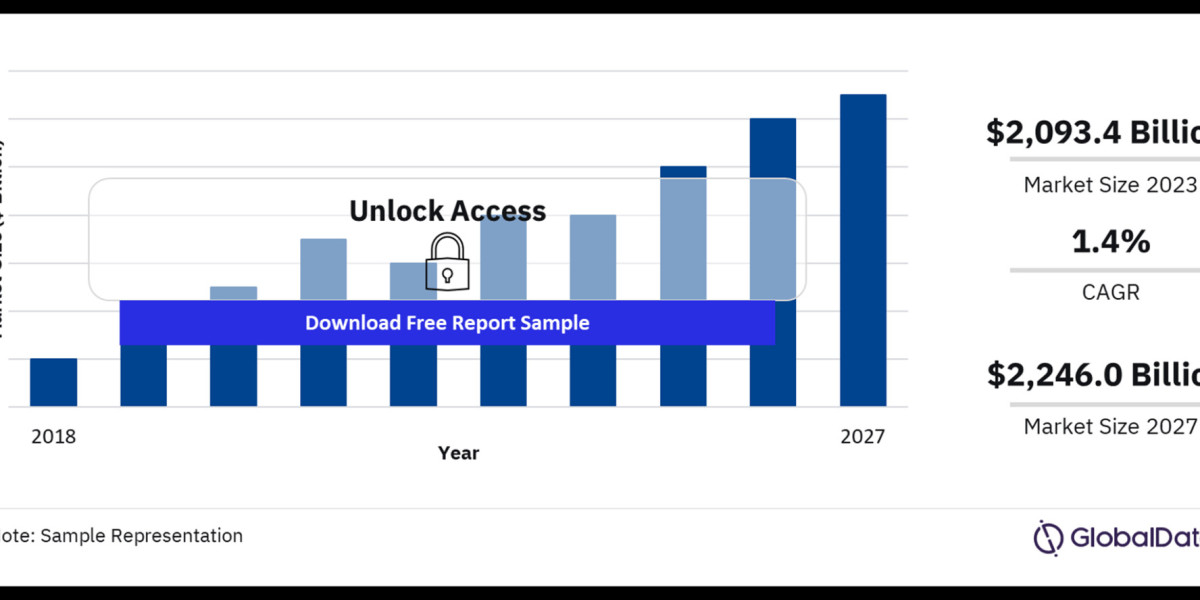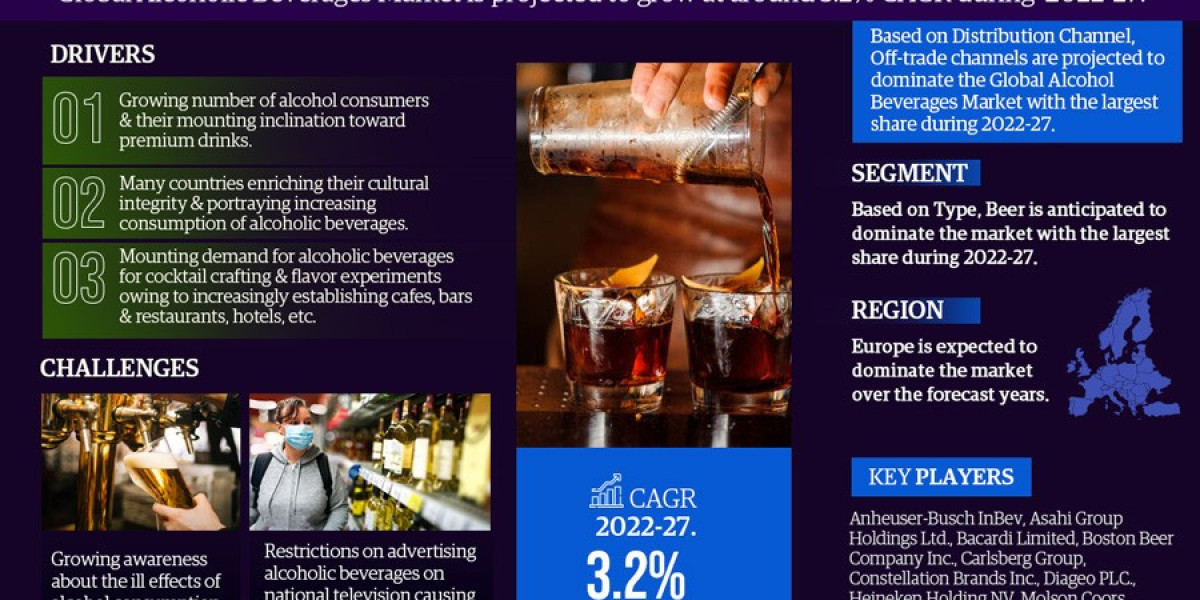The construction market in Western Europe is one of the most dynamic sectors, contributing significantly to the region's economy. This market encompasses residential, commercial, and infrastructure construction, driven by various factors such as population growth, urbanization, technological advancements, and governmental policies. The Western Europe construction market is characterized by its resilience and adaptability, making it a key player in the global construction industry.
Key Trends and Drivers
Sustainability and Green Construction: There is an increasing emphasis on sustainability and environmentally friendly building practices across Western Europe. Governments and regulatory bodies are implementing strict building codes and regulations to promote energy-efficient buildings and reduce carbon footprints. The use of green materials, renewable energy sources, and sustainable construction practices has become a standard, driven by both regulatory compliance and consumer demand.
Urbanization and Population Growth: Urban areas in Western Europe continue to experience population growth, leading to increased demand for residential buildings, commercial spaces, and infrastructure. This urbanization trend is pushing the construction industry to expand its capacity and improve its efficiency to meet the growing needs of urban dwellers.
Technological Advancements: The adoption of digital technologies such as Building Information Modeling (BIM), artificial intelligence (AI), and the Internet of Things (IoT) is transforming the construction industry in Western Europe. These technologies enhance project planning, reduce costs, and improve overall construction quality. The use of drones, 3D printing, and modular construction techniques is also gaining popularity, offering new ways to manage projects more efficiently.
Government Initiatives and Investments: Governments across Western Europe are investing heavily in infrastructure projects, including transportation, energy, and public facilities. Initiatives such as the European Green Deal aim to modernize infrastructure while promoting sustainability. Public-private partnerships (PPPs) are increasingly being utilized to finance large-scale projects, providing opportunities for private investors and boosting economic growth.
Brexit and Economic Uncertainty: The UK's exit from the European Union has created some uncertainty in the construction market, particularly concerning labor mobility and trade regulations. However, Western Europe's construction sector remains resilient, with other countries in the region continuing to show robust growth. Economic fluctuations and inflation may pose challenges, but the long-term outlook remains positive.
Market Segments
Residential Construction: The residential construction sector is driven by the need for new housing units and the renovation of existing structures. Urbanization and population growth are key factors, along with the increasing demand for energy-efficient and smart homes. The trend towards sustainable living is leading to the development of eco-friendly residential projects that incorporate renewable energy sources and smart home technologies.
Commercial Construction: This segment includes the construction of office buildings, retail spaces, hotels, and other commercial facilities. The rise of e-commerce and changing consumer behavior have impacted the design and construction of commercial properties, with a focus on flexibility, technological integration, and sustainability. The demand for mixed-use developments that combine residential, commercial, and recreational spaces is also growing.
Infrastructure Construction: Infrastructure projects are a major component of the Western Europe construction market. Investments in transportation networks (such as roads, railways, and airports), energy infrastructure (including renewable energy projects), and public utilities are essential to support economic growth and improve the quality of life. The European Union’s funding and national government initiatives play a crucial role in driving infrastructure development.
Challenges
Labor Shortages: One of the significant challenges facing the construction industry in Western Europe is the shortage of skilled labor. An aging workforce, combined with a lack of interest among younger generations in pursuing construction careers, has led to a skills gap. This shortage can lead to project delays and increased labor costs.
Rising Material Costs: Fluctuations in the prices of construction materials, such as steel, concrete, and timber, can impact project budgets and profitability. The construction industry is also facing supply chain disruptions, which can lead to delays in material delivery and increased costs.
Regulatory Compliance: Adhering to stringent building codes and regulations, especially those related to environmental sustainability, can be challenging for construction companies. Compliance requires significant investment in research, development, and training to ensure that projects meet the required standards.
Economic Uncertainty: Economic factors such as inflation, interest rates, and geopolitical events can affect the construction market. Uncertainty in the global economy may lead to cautious investment and a slowdown in construction activities.
Future Outlook
The Western Europe construction market is poised for growth, driven by ongoing urbanization, technological advancements, and governmental support for infrastructure development. The focus on sustainability and green construction practices will continue to shape the industry, creating opportunities for companies that prioritize innovation and environmental responsibility.
Investments in smart cities, renewable energy projects, and digital infrastructure will further fuel the market's expansion. While challenges such as labor shortages, rising material costs, and regulatory compliance remain, the construction industry in Western Europe is well-positioned to adapt and thrive in a rapidly changing environment.
View Sample Report for Additional Insights on the Western Europe Construction Market Forecast, Download a Free Report Sample



